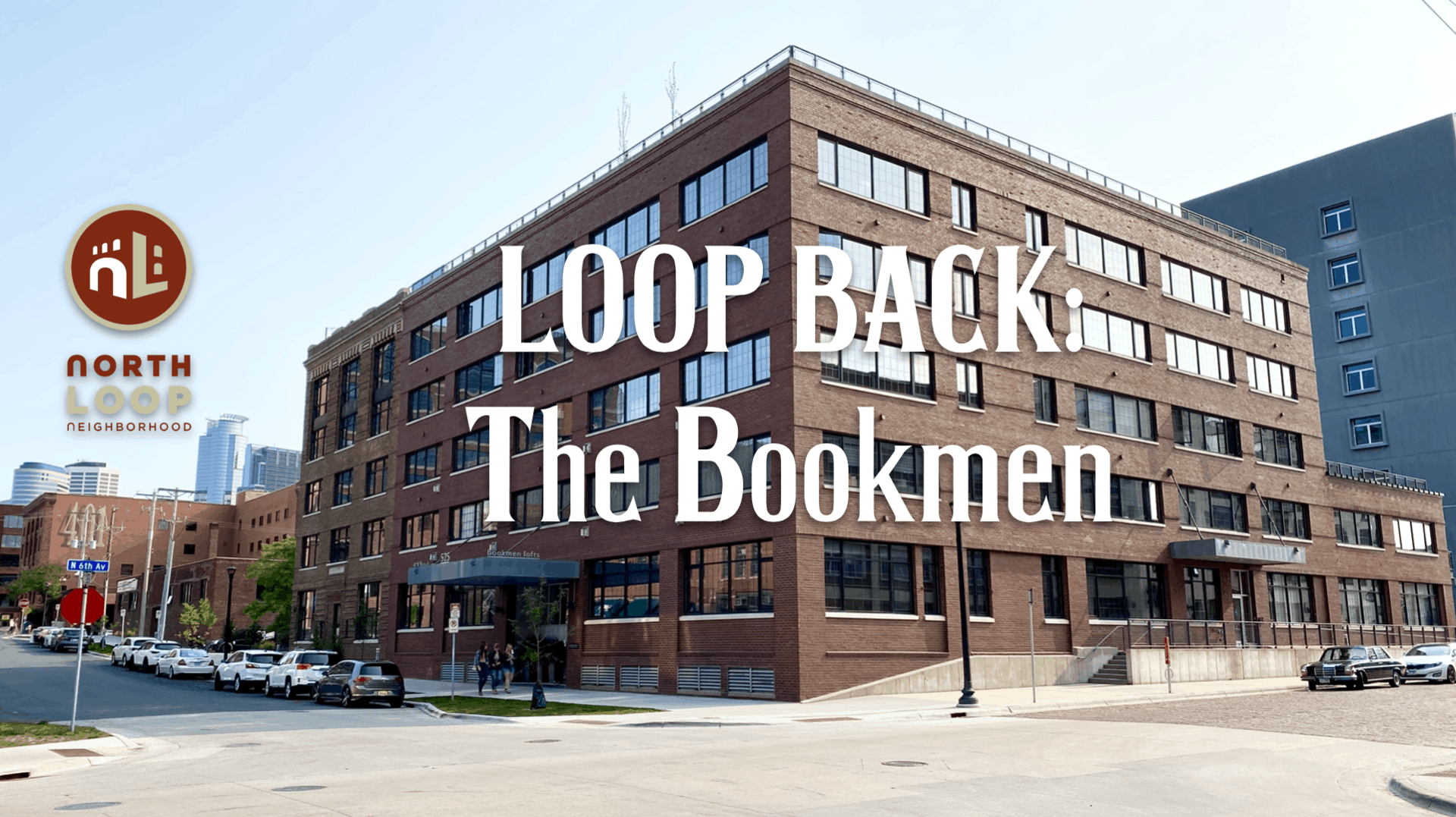
Loop Back: Bookmen Lofts
Though they were built as warehouses for wholesale grocers in 1914 and 1915, the side-by-side brick buildings now known as Bookmen Lofts are best known for their namesake, The Bookmen, Inc., a large wholesale book distributor that operated here for decades.
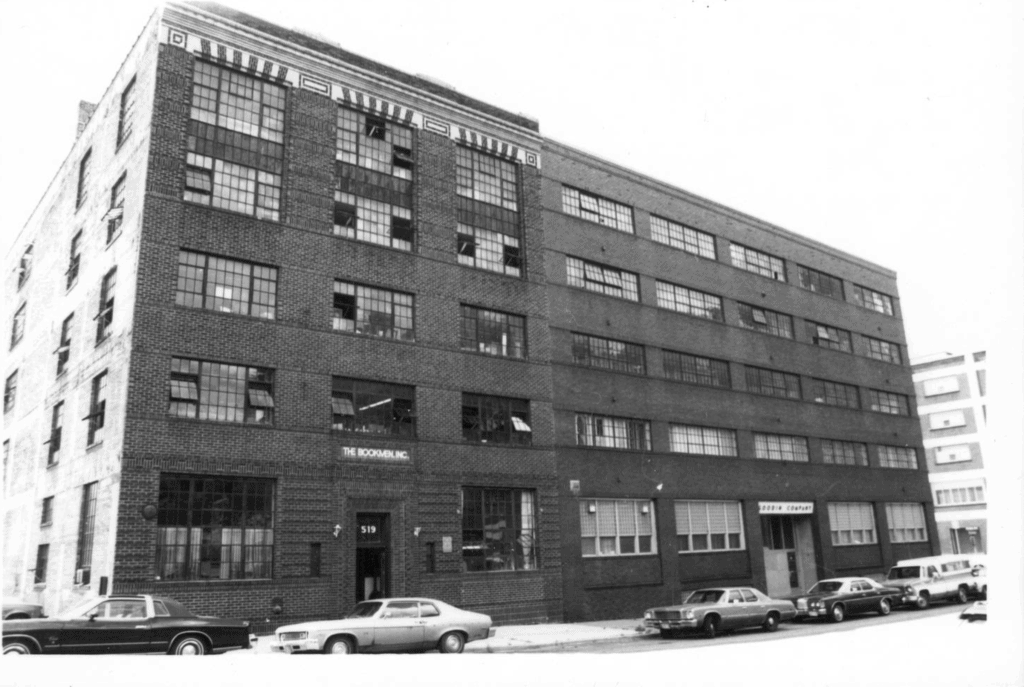
Photo: Hennepin County Library
The company was founded in the 1960s by two book-loving cousins, Ned Waldman and Norton Stillman, whose mothers’ maiden name was… Bookmen. The company became Minnesota’s primary wholesale book distributor. When the owners sold the business in 2002, they had hundreds of thousands of books stacked high in storage here.
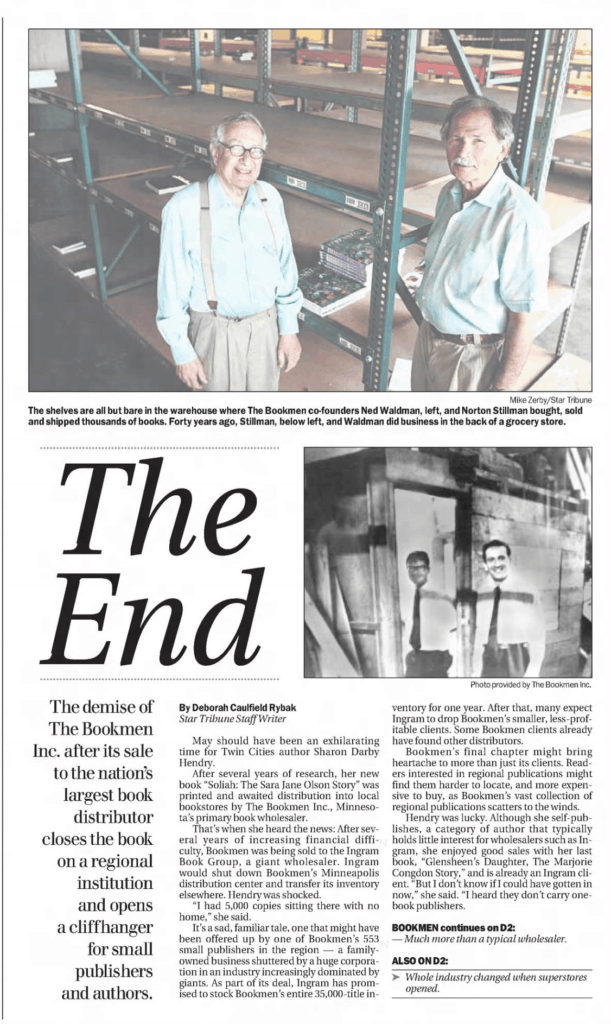
Star Tribune 2002
While The Bookmen shipped out most of their orders, they also allowed local librarians, teachers and retailers to stop by and replenish their book supplies with one-stop shopping. Regional authors would also do book signings here, although one newspaper reporter noted that it meant traveling to “one of downtown Minneapolis’ grittier neighborhoods.”
In an article about their closing, Waldman and Stillman said they had a good long run, but when the era of superstores arrived, regional book wholesalers started getting swallowed up by larger national operations, and they finally gave into the financial realities in 2002.
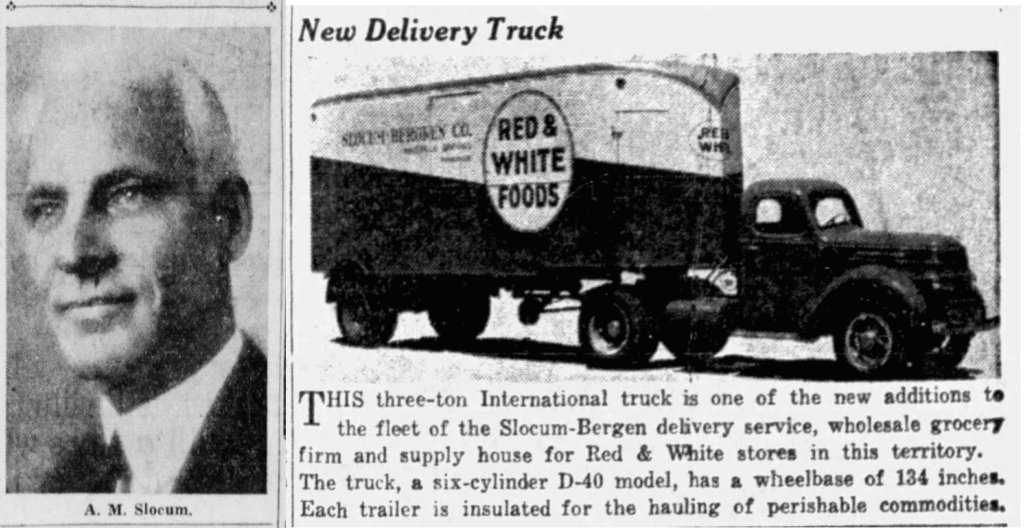
During their first 50 years or so, these buildings were bustling with food distribution operations–and they were also the flashpoint of one of the most violent battles in Minnesota history, during the 1934 truckers strike.
The wholesale grocery operations were run by the Slocum-Bergren company whose founder, A.M. Slocum formed the Red & White stores. It was a group of independent retailers, wholesalers and manufacturers who formed an alliance so they could compete with the buying power of corporate chains.
In July of 1934, a non-union driver was trying to drive a truckload of food through the picket lines during a truckers strike that had grown increasingly tense and violent.
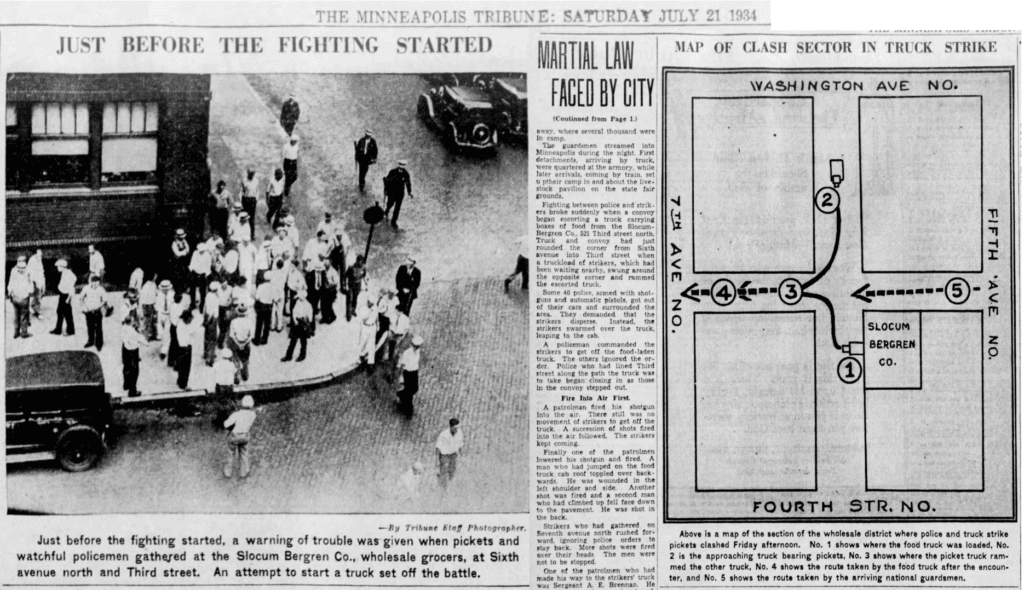
Picketers quickly rammed the truck with their own vehicle and climbed on top of it as the driver tried to go west on 3rd Street toward the Sherwin Williams building. Nearby police opened fire on the crowd, shooting 67 picketers–two of them fatally–in what came to be known as Bloody Friday.
Governor Floyd Olson declared martial law after that, and the two sides eventually came to an agreement, weeks later.
In 1939, Slocum-Bergren again made news with the introduction of its new cold storage facilities, with freezers and air-conditioned sections that allowed them to store perishable goods.

Please visit the Historic North Loop section of this website for many more fun photos and articles about our neighborhood’s history.
By Mike Binkley, North Loop volunteer*
(*not an actual historian; I just pulled together information from newspaper archives, public records, online searches and most helpfully, the digital archives at the Hennepin County Library)
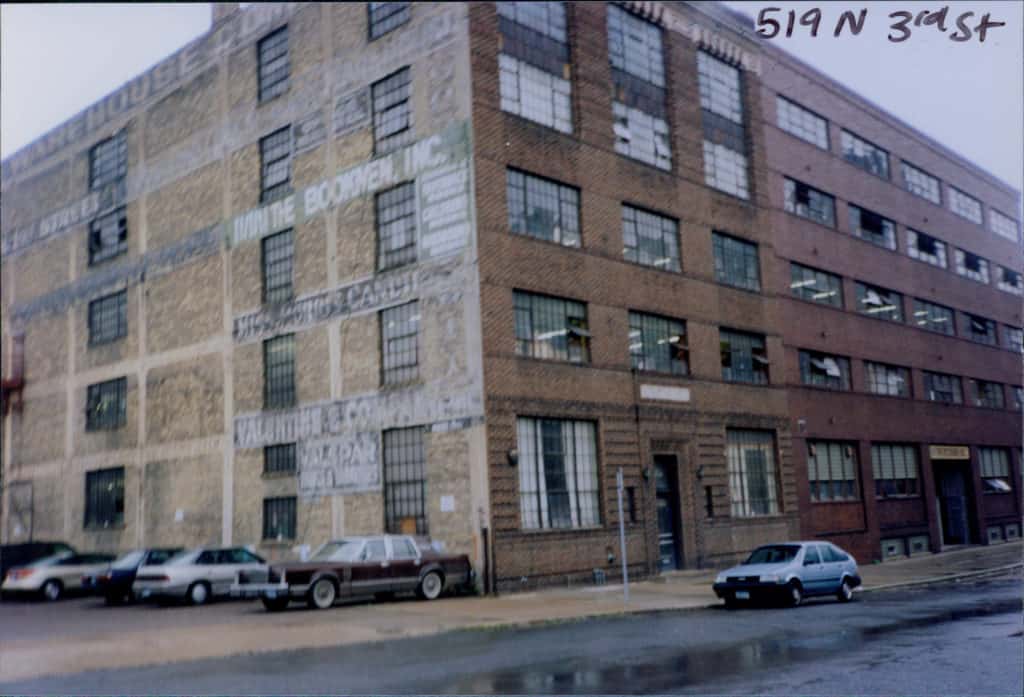 1998 photo: Hennepin County Library
1998 photo: Hennepin County Library
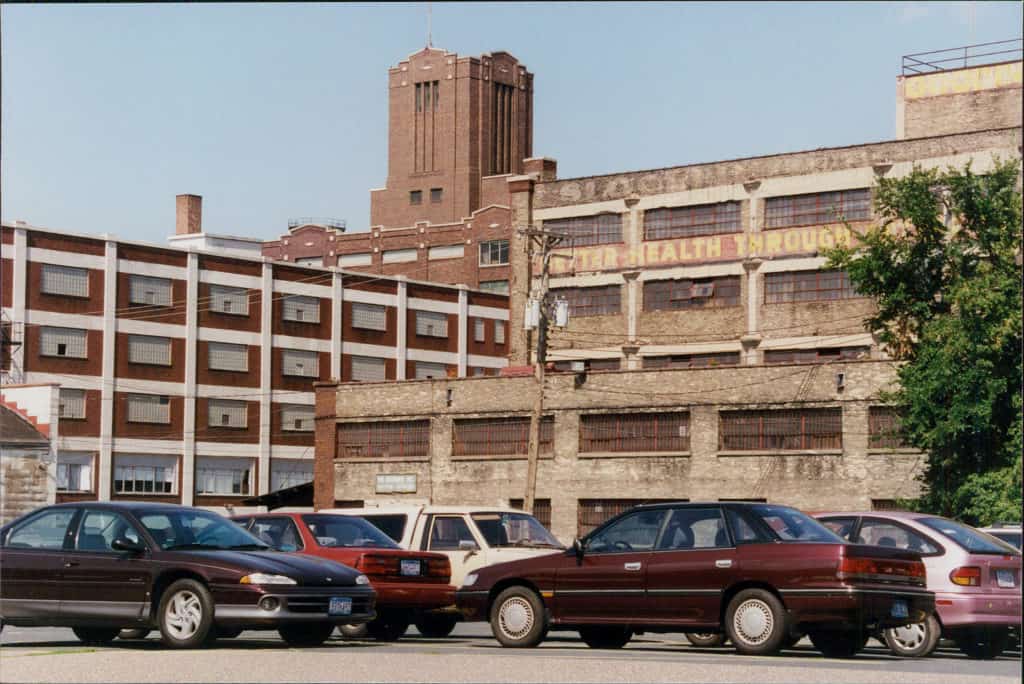
1998 photo: Hennepin County Library
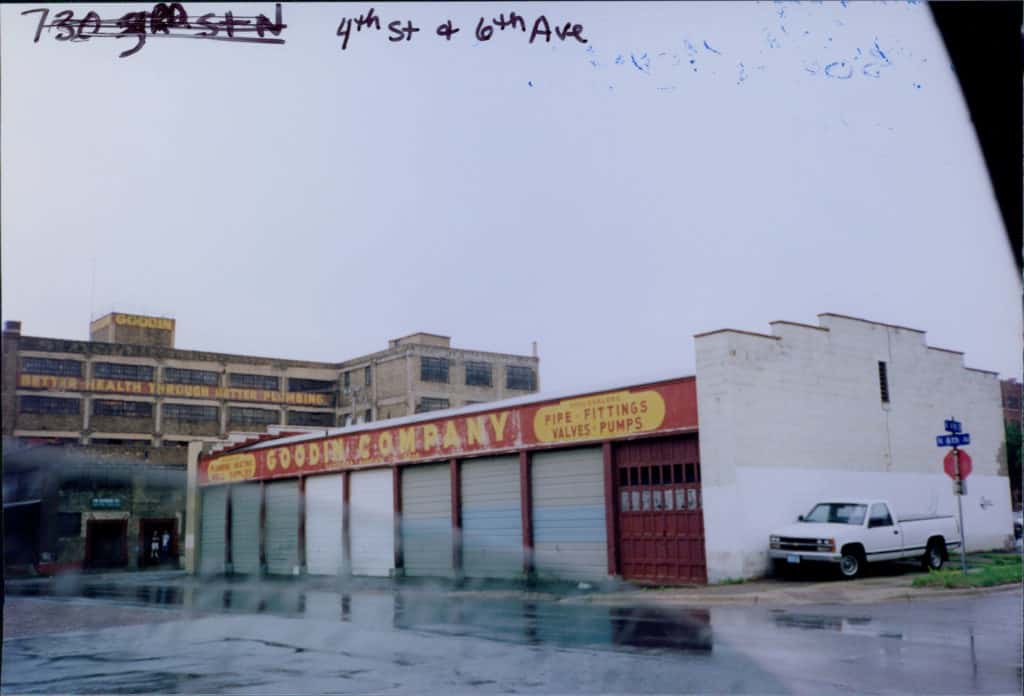
1998 photo: Hennepin County Library

